The University of Manitoba (UM) and the Children’s Hospital Research Institute of Manitoba (CHRIM) are thrilled with the announcement that Dr. Meghan Azad who is recognized globally for her innovative research on human breast milk and the infant microbiome has won a Canada Gairdner Momentum Award.
Tag: Biomedical
A bioengineering professor finds her niche in global health
In honor of International Women’s Day, we’re featuring Rebecca Richards-Kortum, Ph.D., a professor of bioengineering at Rice University who has been solving women’s health challenges globally for the past two decades.

Virginia Tech joins with universities, bioscience companies to address health care needs
With funding from Virginia Catalyst, also known as the Virginia Biosciences Health Research Corp., Virginia Tech is engaged in three collaborative bioscience projects to address unmet health care needs in Virginia, according to Michael Friedlander, vice president for health sciences and technology at Virginia Tech. The Catalyst awards, which range from $350,000 to $800,000, support joint research projects between industry and Virginia universities that have the potential to significantly improve human health and create high value jobs in the commonwealth.
Induction of a torpor-like state with ultrasound
Some animals preserve energy and heat by going into torpor, during which body temperature and metabolic rate drop, similar to hibernation. WashU researchers have safely and noninvasively induced such a state in mice and rats using ultrasound. Their work could help people with health conditions and astronauts.

Cancer cells penetrate deep into their environment
New research from the McKelvey School of Engineering at Washington University in St. Louis has found that cancer cells can sense a layer of cells beneath the top collagen layer on which they normally travel, while normal cells cannot.
WashU chemist Jackrel awarded grant to study proteins linked to ALS
The relentless neurological disease amyotrophic lateral sclerosis (ALS) eventually shuts down the entire body, but the devastation starts at a molecular level. The possibility of stopping the disease by repairing and preserving proteins in the brain has inspired experiments in the lab of Meredith Jackrel, an assistant professor of chemistry in Arts & Sciences at Washington University in St. Louis.
Calls for further research into family of antibiotics to reduce risk of serious side effects
Experts reviewing the use of a commonly prescribed family of drugs, known as fluoroquinolones, say safety warnings differ internationally
APEC University Leaders’ Forum 2022 Successfully Concludes with High-level Discussions on Preparing for the Next Pandemic
Business leaders, policy makers, and university presidents from APRU, a network of 60 leading research universities from 19 economies around the APEC region, convened at the Chulalongkorn University, Thailand, on 16 November for the APEC University Leaders’ Forum (AULF) 2022, under the theme: “Preventing the Next Pandemic.”
APRU APEC University Leaders’ Forum 2022
The APRU (the Association of Pacific Rim Universities) and Chulalongkorn University cordially invite all interested persons to attend the APRU APEC University Leaders’ Forum 2022 on 16 November 2022 from 9.00 a.m. – 5.30 p.m. (GMT+7), either in person or online.
WVU researcher says gene discovery may lead to new tests, treatments for Alzheimer’s in women
Women make up two-thirds of Americans who have Alzheimer’s disease, yet scientists have yet to determine what makes them so susceptible to the condition. Bernard Schreurs, a researcher with the West Virginia University School of Medicine and Rockefeller Neuroscience Institute, directs the West Virginia Alzheimer’s…
Study: Making an artificial heart fit for a human — with focused rotary jet spinning, not 3D
In a new study published in Science, a team of researchers from Harvard, University of Pittsburgh, University of California, Irvine and University of Zurich have come together to utilize a new, more advanced method to fabricate artificial tissues and organs. The researchers proposed the process of focused rotary jet spinning. This team included Qihan Liu, an assistant professor in the University of Pittsburgh Swanson School of Engineering.
Real-time flood sensors, urban farms, autonomous cars, dancing drones and more at NYU Tandon’s Research Excellence Exhibit
The NYU Tandon School of Engineering will showcase over 40 innovative and future-forward research projects by faculty and students, along with interactive, family-friendly tech activities, at its 2022 Research Excellence Exhibit.The annual expo, in its ninth year, takes place on Friday, April 29, 1:00 p.m. to 4 p.m.
Shih-Ting (Christine) Wang: Designing Materials for Biomedicine
Using DNA-based assembly, the Center for Functional Nanomaterials postdoc has assembled functional proteins into ordered lattices and coated nanostructures for drug delivery.
Self-assembly of stimuli-responsive coiled-coil fibrous hydrogels
Jin Kim Montclare, professor of chemical and biomolecular engineering led a team who previously reported a responsive hydrogel formed using a coiled-coil protein. The team expanded their studies to identify the gelation of Q protein at distinct temperatures and pH conditions.
DOE scientists deploy creativity, speed to disrupt COVID-19
An ORNL-led team comprising researchers from multiple DOE national laboratories is using artificial intelligence and computational screening techniques – in combination with experimental validation – to identify and design five promising drug therapy approaches to target the SARS-CoV-2 virus.
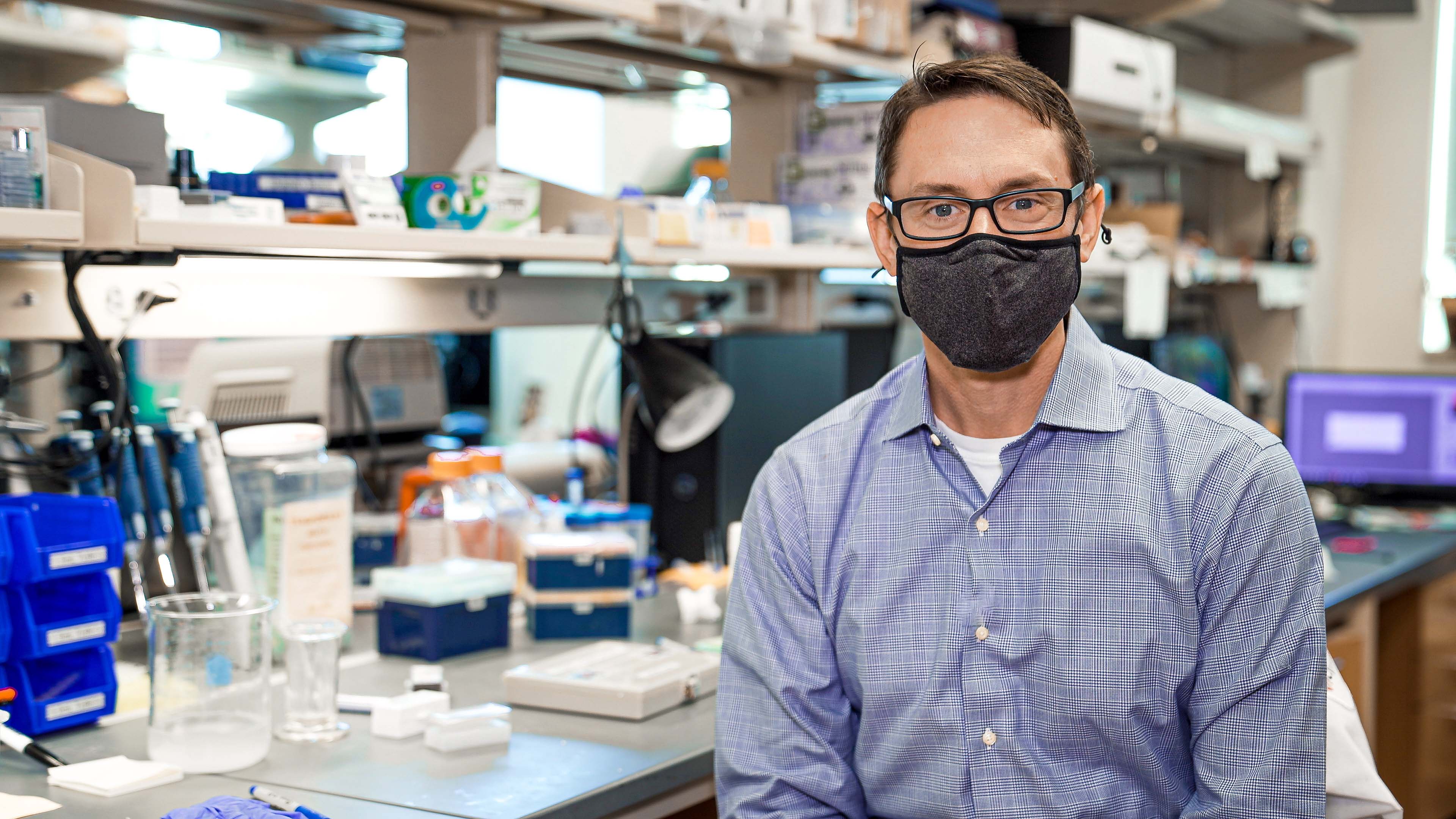
Virginia Tech researchers uncover mechanisms that wire the brain’s cerebral cortex
A research team at the Fralin Biomedical Research Institute at VTC has identified the type of brain cell that produces a protein that is crucial for the formation of inhibitory circuits in the brain. This insight could one day help scientists establish the basis for developing new drugs that mature or repair cellular networks.

Story tips: Air taxis, fungi speak, radiation game and climate collab
ORNL story tips: Air taxis, fungi speak, radiation game and climate collab
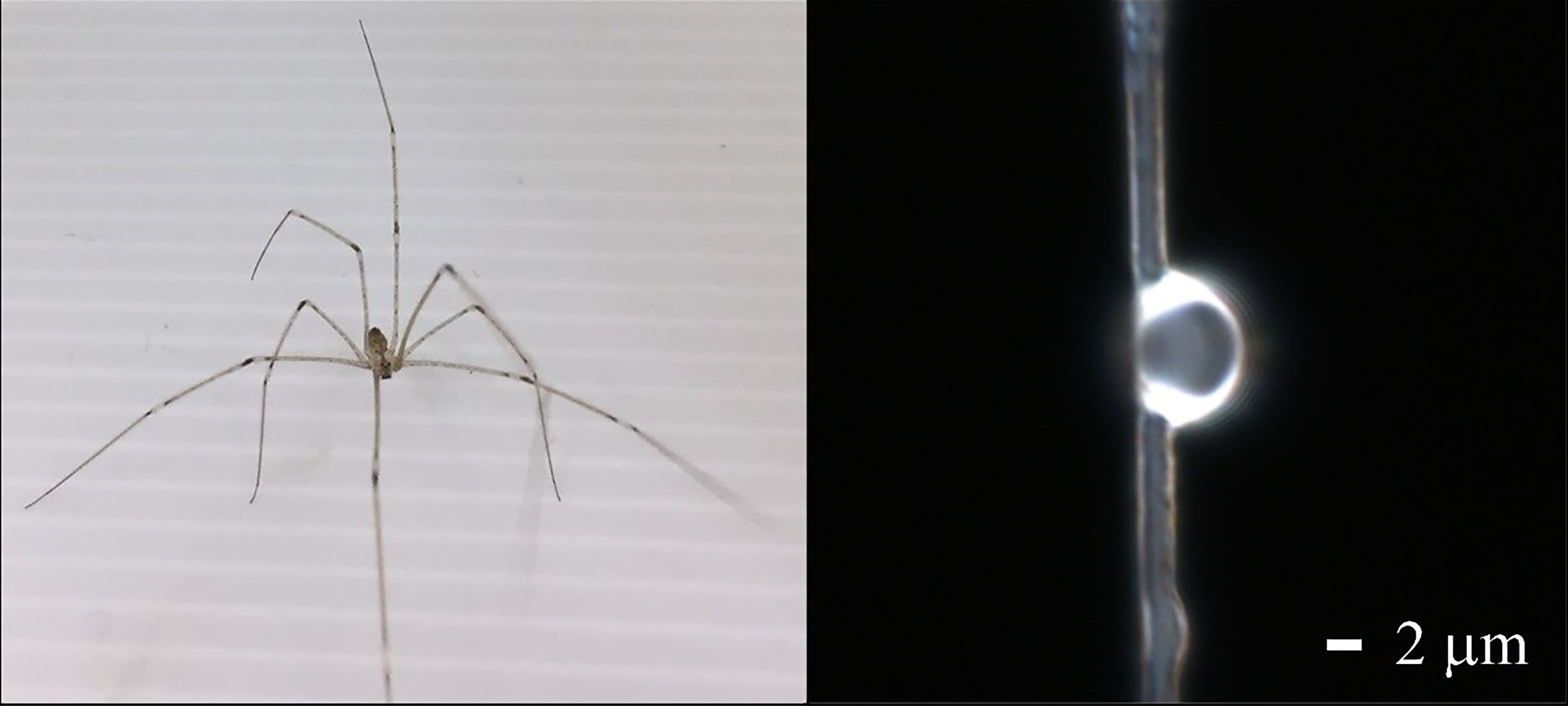
Spider Silk Can Create Lenses Useful for Biological Imaging
Spider silk is useful for a variety of biomedical applications: It exhibits mechanical properties superior to synthetic fibers for tissue engineering, and it is not toxic or harmful to living cells. One unexpected application for spider silk is its use in the creation of biocompatible lenses for biological imaging applications. Researchers describe the feasibility of creating lenses capitalizing on the properties of natural spider silk material in the Journal of Applied Physics.
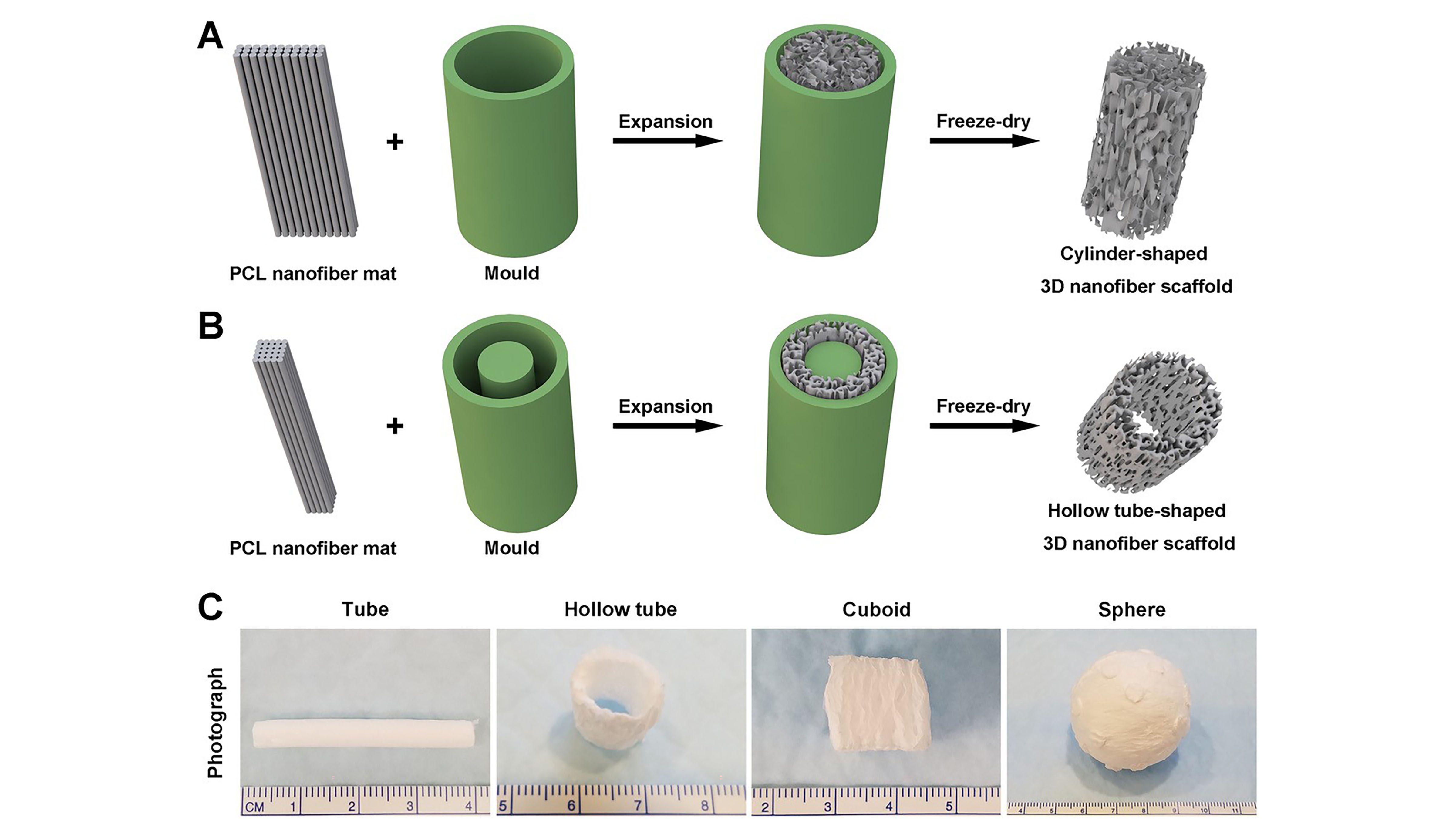
Nanofiber Membranes Transformed Into 3D Scaffolds
Researchers combined gas foaming and 3D molding technologies to quickly transform electrospun membranes into complex 3D shapes for biomedical applications. The new approach demonstrates significant improvements in speed and quality compared with other methods, and is the first successful demonstration of formation of 3D neural tissue constructs with an ordered structure through differentiation of human neural progenitor/stem cells on these transformed 3D nanofiber scaffolds. They discuss their work in this week’s Applied Physics Reviews.
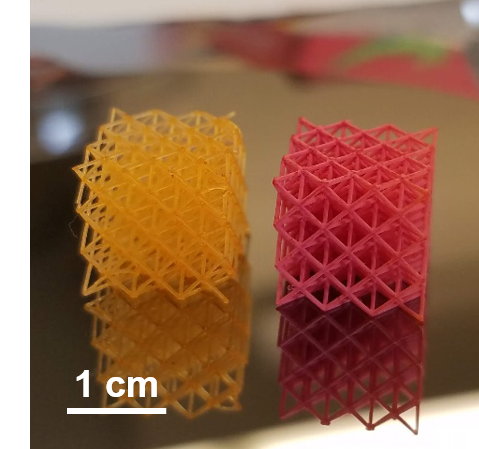
A Great New Way to Paint 3D-Printed Objects
Rutgers engineers have created a highly effective way to paint complex 3D-printed objects, such as lightweight frames for aircraft and biomedical stents, that could save manufacturers time and money and provide new opportunities to create “smart skins” for printed parts. The findings are published in the journal ACS Applied Materials & Interfaces.
Video — More Than Baby Debuts: Ultrasound Is Used To Deliver Drugs, Treat Tremors
Ultrasound is probably most associated with a parent’s first glimpse of a baby in the womb. However, a new video from the Acoustical Society of America showcases the technology’s abilities to do more than show images of our insides. This video is the second in a series celebrating the International Year of Sound.
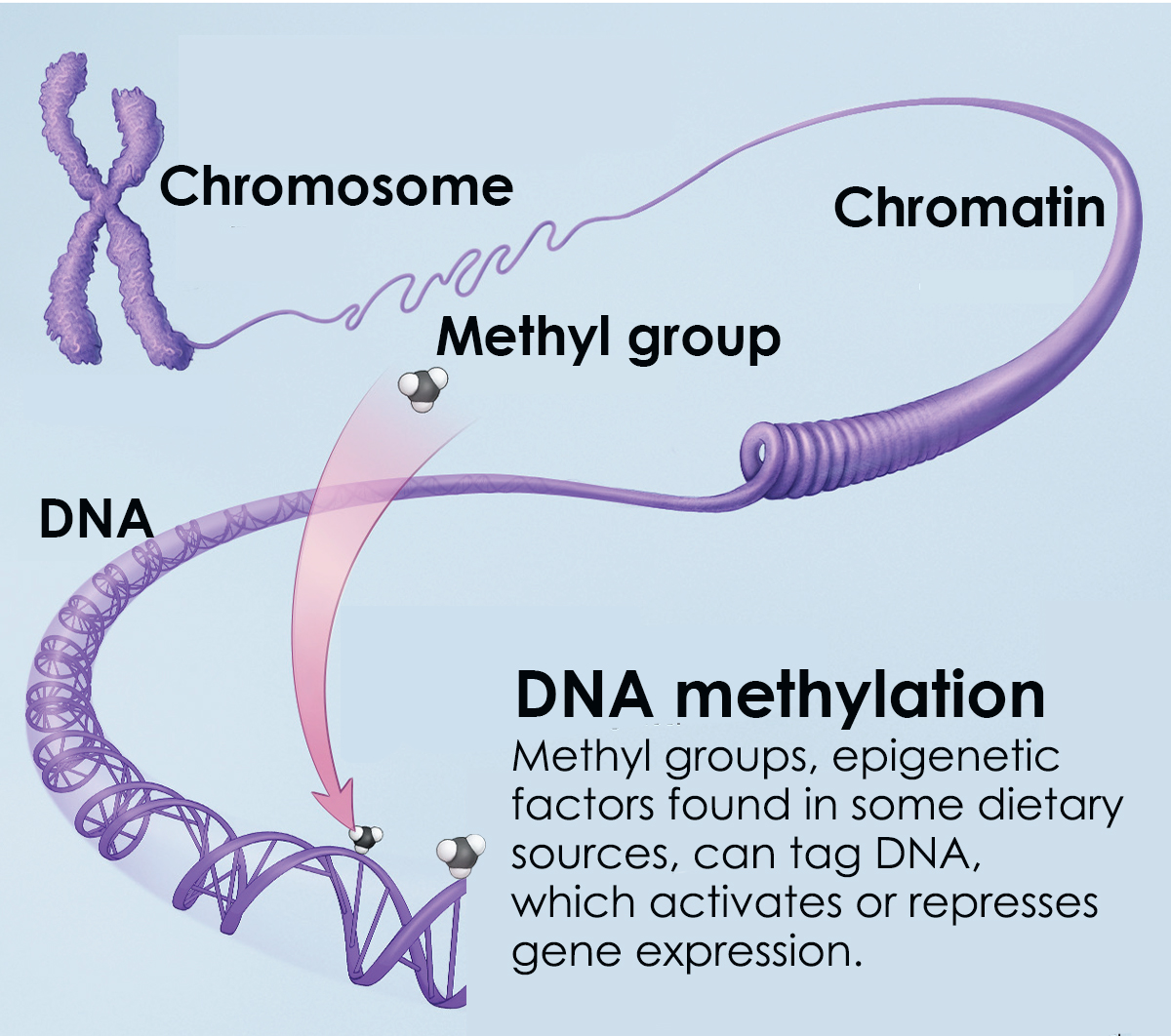
NEI researchers link age-related DNA modifications to susceptibility to eye disease
National Eye Institute (NEI) researchers profiling epigenomic changes in light-sensing mouse photoreceptors have a clearer picture of how age-related eye diseases may be linked to age-related changes in the regulation of gene expression. The findings, published online April 21 in Cell Reports, suggest that the epigenome could be targeted as a therapeutic strategy to prevent leading causes of vision loss, such as age-related macular degeneration (AMD).

Engineers design ventilator parts, face shields to combat coronavirus
Engineers at Binghamton University, State University of New York are stepping up on several fronts to help regional healthcare providers deal with the coronavirus pandemic.
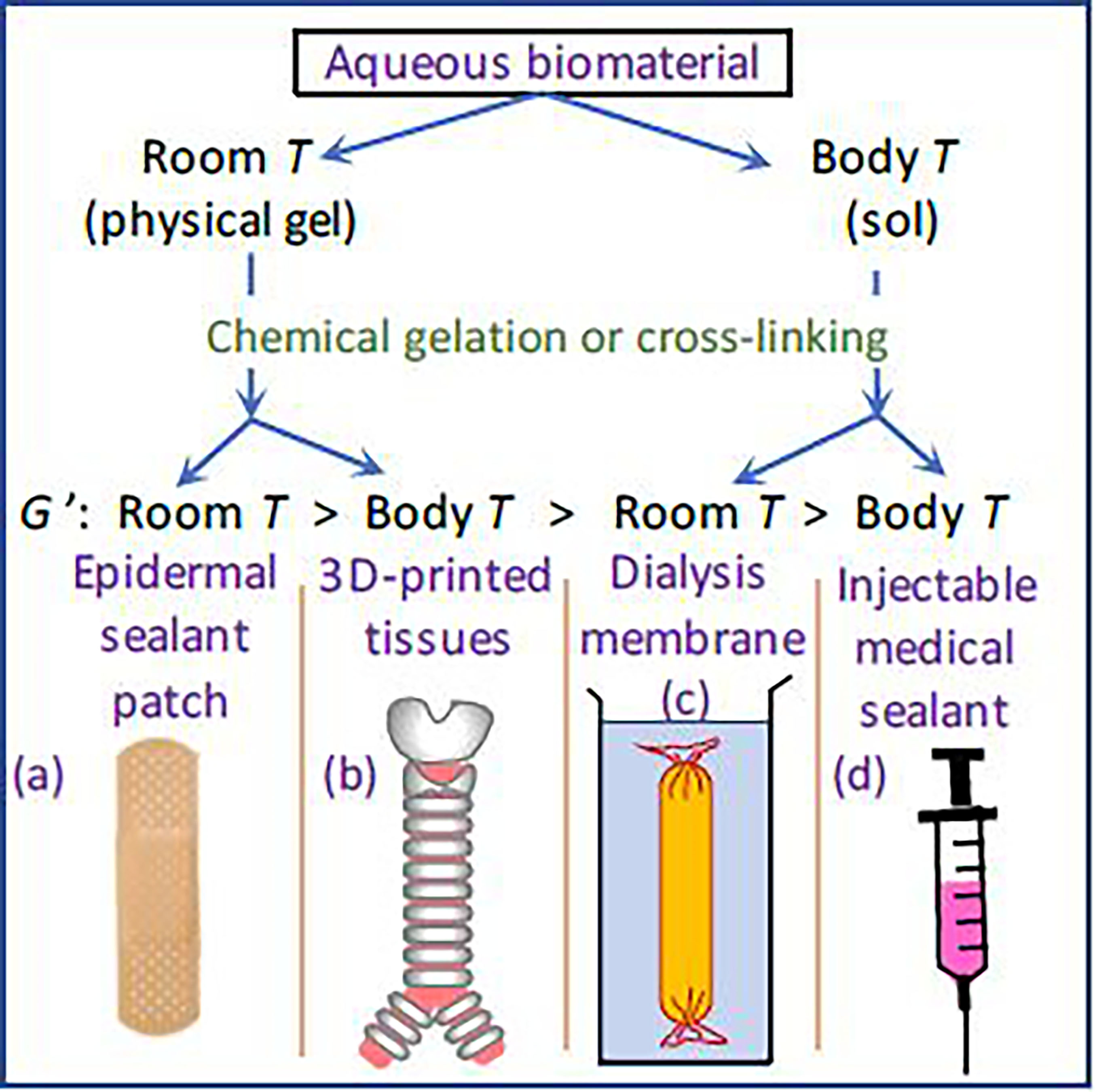
Adjusting Processing Temperature Results in Better Hydrogels for Biomedical Applications
Biohydrogels have been studied closely for their potential use in biomedical applications, but they often move between sols and gels, depending on their temperature, changes that can pose issues depending on the intended use. In Physics of Fluids, researchers discuss their work studying the effect of temperature on hydrogels. They found that creating hydrogels at room temperature or below results in more robust materials that function more effectively when used in the body.
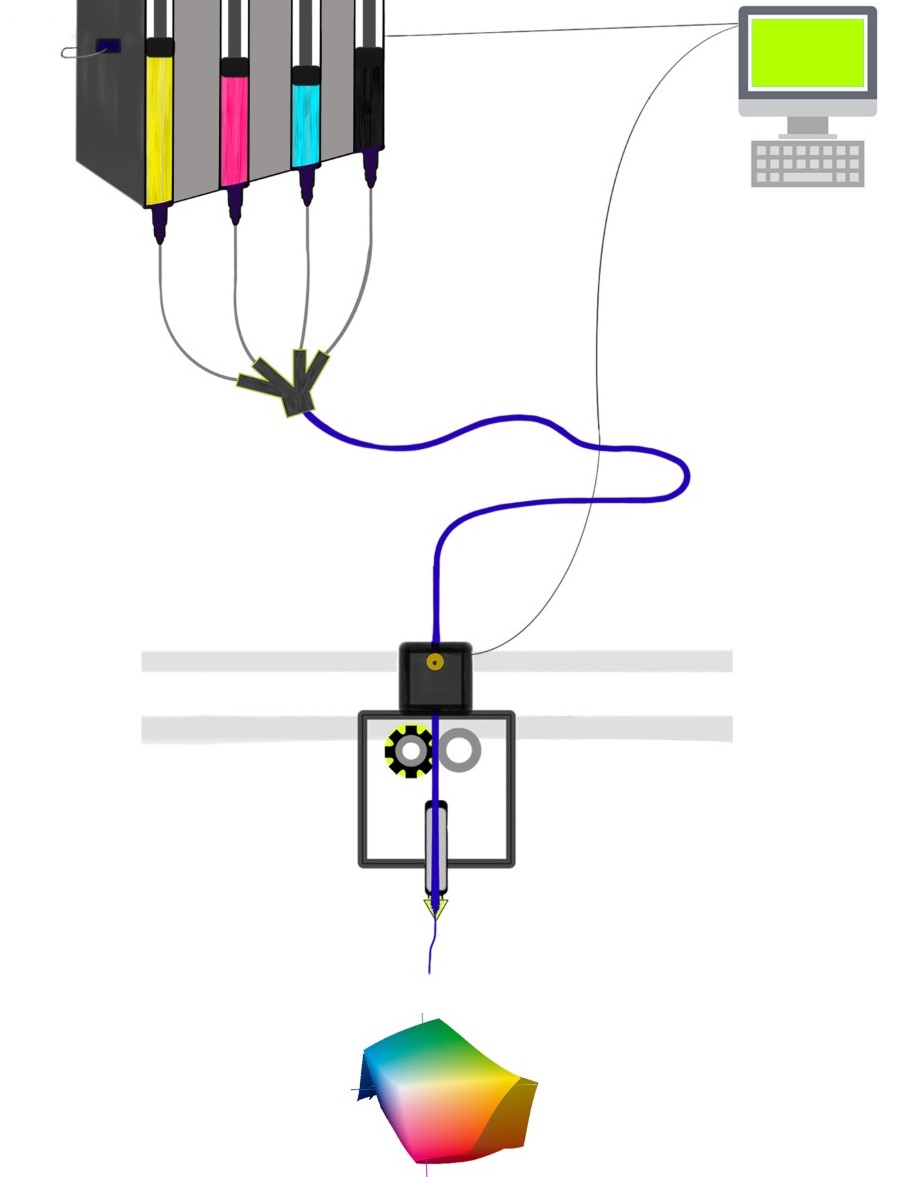
Superior “Bio-Ink” for 3D Printing Pioneered
Rutgers biomedical engineers have developed a “bio-ink” for 3D printed materials that could serve as scaffolds for growing human tissues to repair or replace damaged ones in the body. Their study was published in the journal Biointerphases.
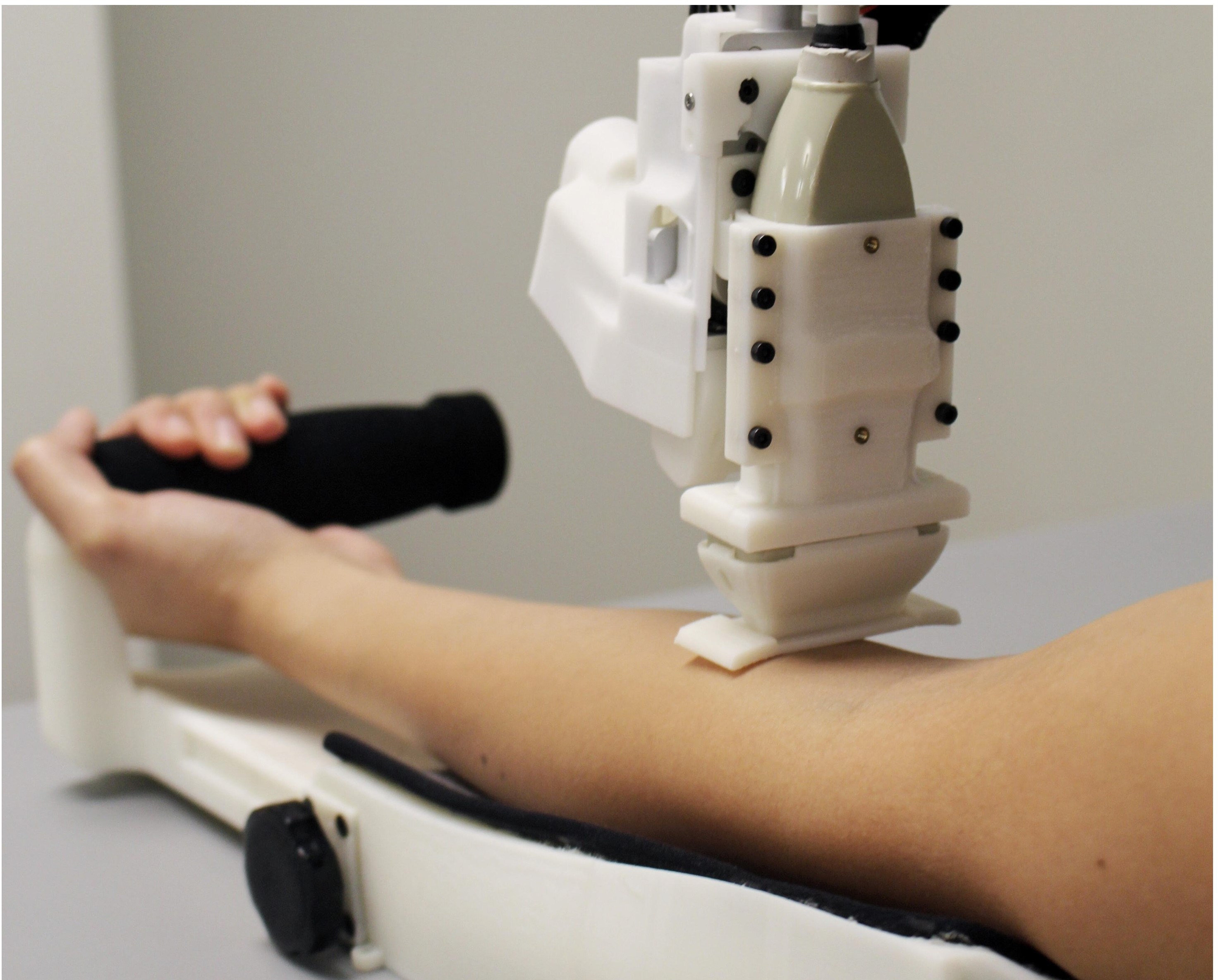
New Robot Does Superior Job Sampling Blood
In the future, robots could take blood samples, benefiting patients and healthcare workers alike. A Rutgers-led team has created a blood-sampling robot that performed as well or better than people, according to the first human clinical trial of an automated blood drawing and testing device.
UW’s new WE-REACH center to accelerate development of the ‘most exciting’ biomedical discoveries
With $4 million in matching funds from the National Institutes of Health, the University of Washington has created a new integrated center to match biomedical discoveries with the resources needed to bring innovative products to the public and improve health.

LLNL researchers mimic blood-brain barrier on chip-based device
With a recent publication in the journal Annals of Biomedical Engineering (ABME), a team of LLNL researchers are one step closer to recapitulating the brain’s response to both biochemical and mechanical cues in a chip-based platform.
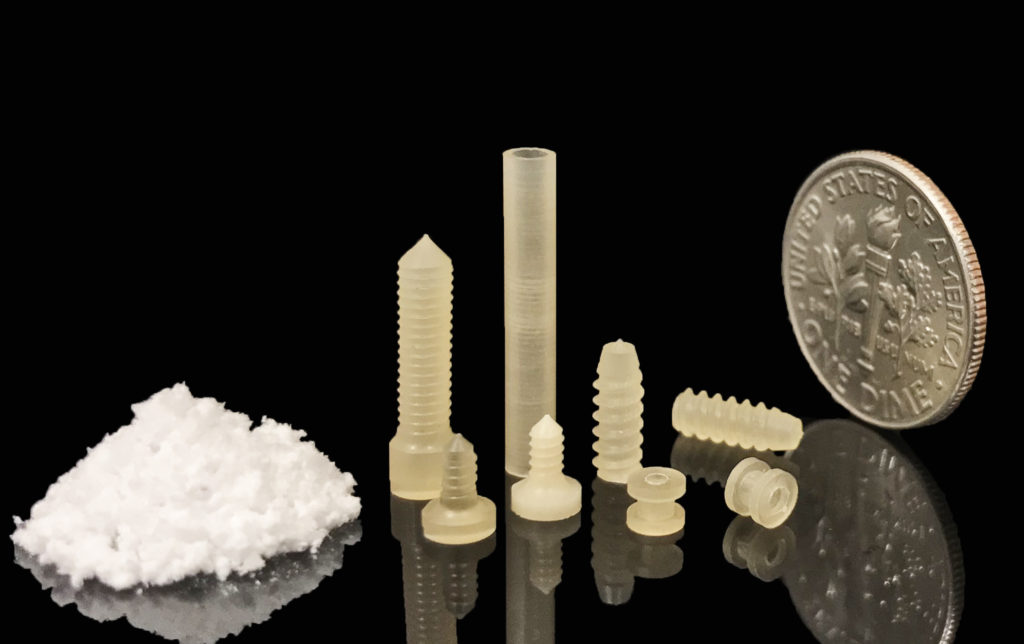
New way to make biomedical devices from silk yields better products with tunable qualities
Researchers have developed a more efficient fabrication method for silk that allows them mold the material like plastic into solid forms for a wide range of applications, including medical devices. The properties of the end products can be “tuned”, and modified with bioactive molecules, such as antibiotics and enzymes.
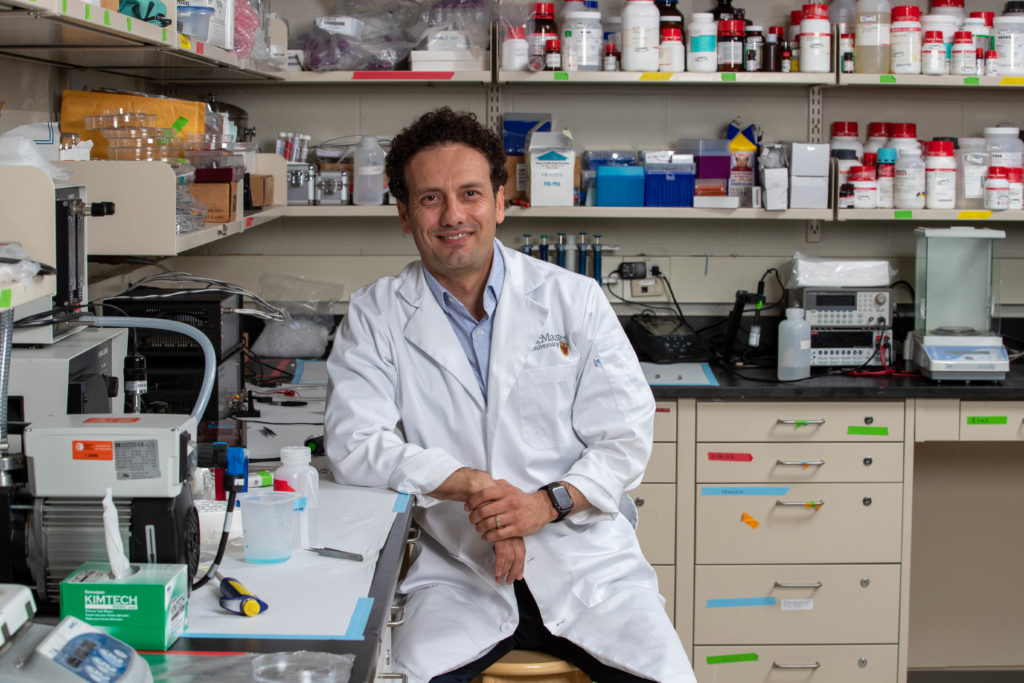
McMaster researchers create “smart” surfaces to help synthetic blood-vessel grafts knit better and more safely
Researchers at McMaster University have created a new coating to prevent clotting and infection in synthetic vascular grafts, while also accelerating the body’s own process for integrating the grafted vessels.
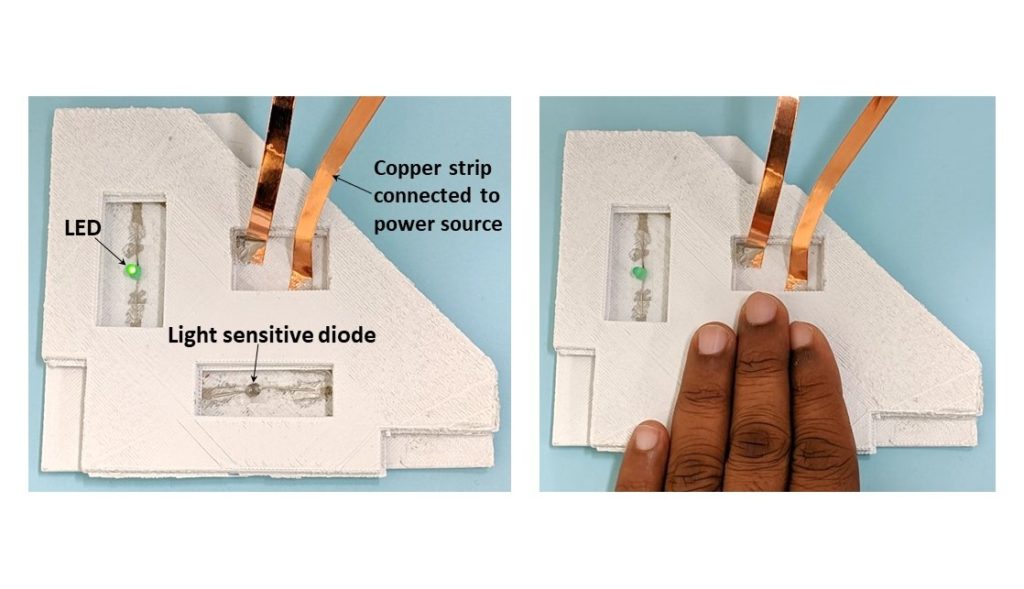
3D-Printed Plastics With High Performance Electrical Circuits
Rutgers engineers have embedded high performance electrical circuits inside 3D-printed plastics, which could lead to smaller and versatile drones and better-performing small satellites, biomedical implants and smart structures. They used pulses of high-energy light to fuse tiny silver wires, resulting in circuits that conduct 10 times more electricity than the state of the art, according to a study in the journal Additive Manufacturing. By increasing conductivity 10-fold, the engineers can reduce energy use, extend the life of devices and increase their performance.
American Society for Cell Biology (ASCB) experts can offer background information on Nobel Prize winners & their science.
The Nobel Prize in Physiology or Medicine and the Nobel Prize in Chemistry are awarded for the discoveries of major importance in life science, medicine or chemistry. Over 35 Nobel Laureates have been members of the ASCB at some time…